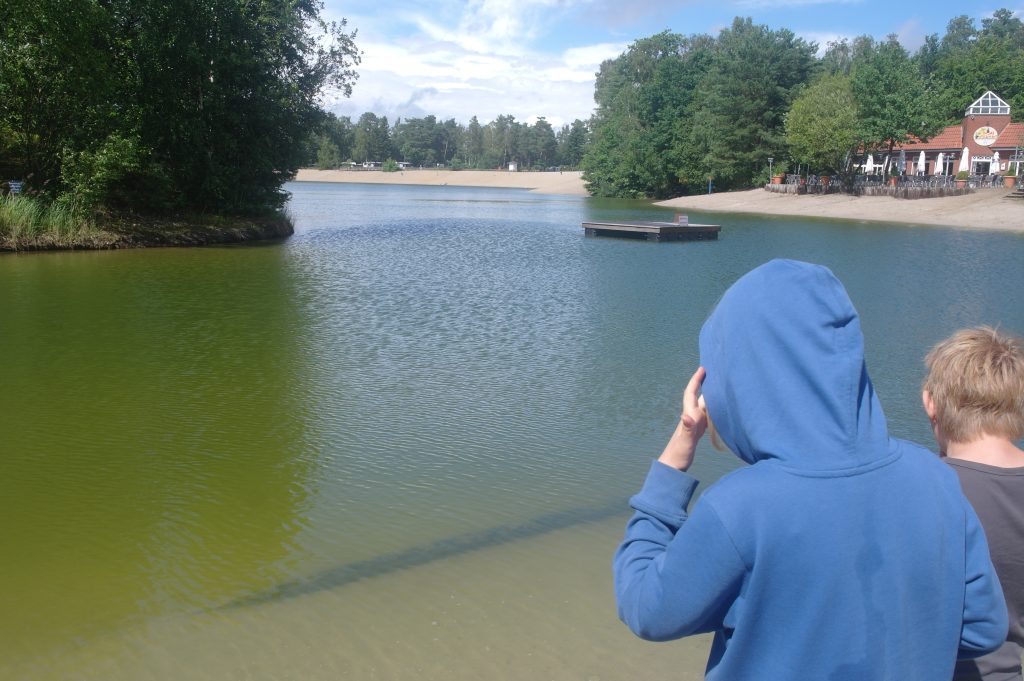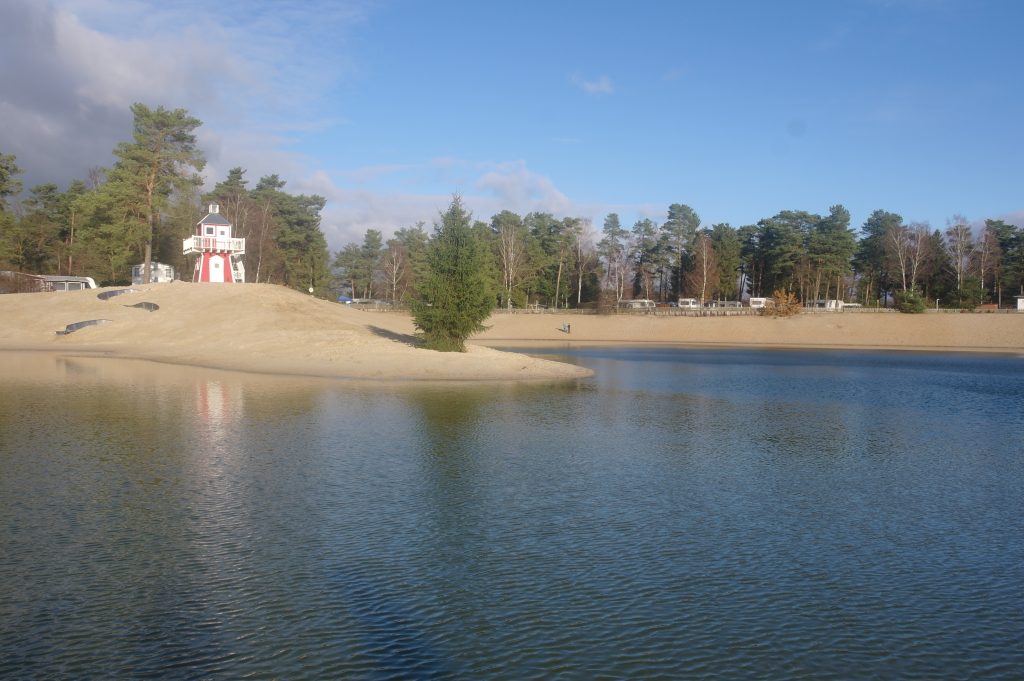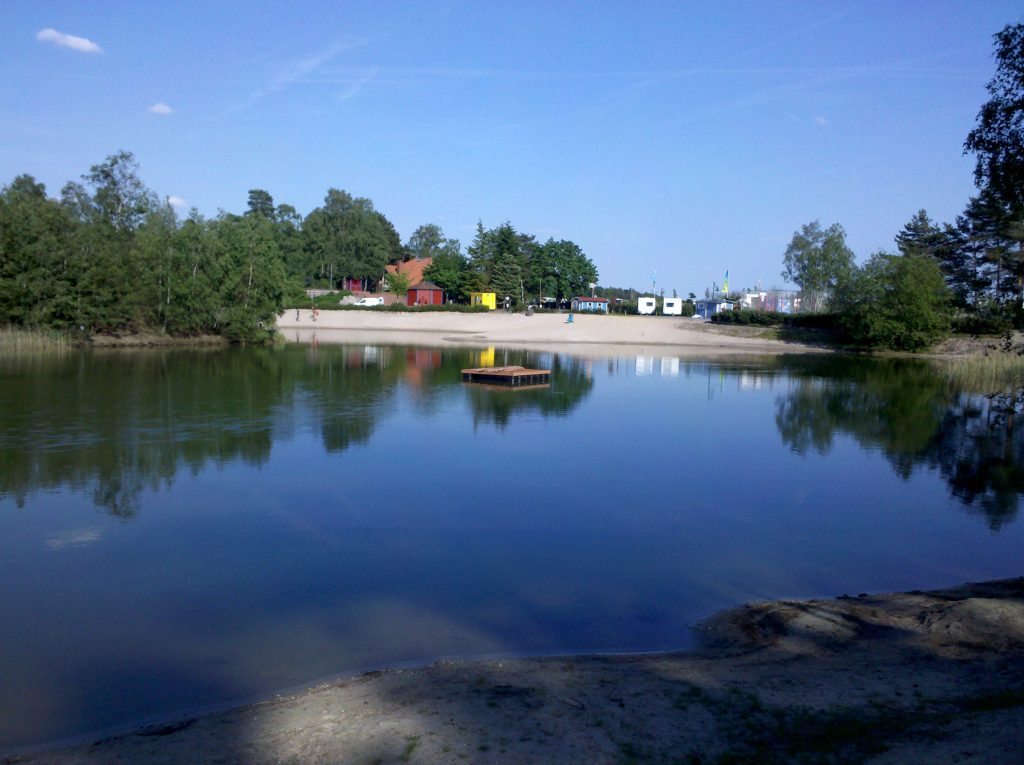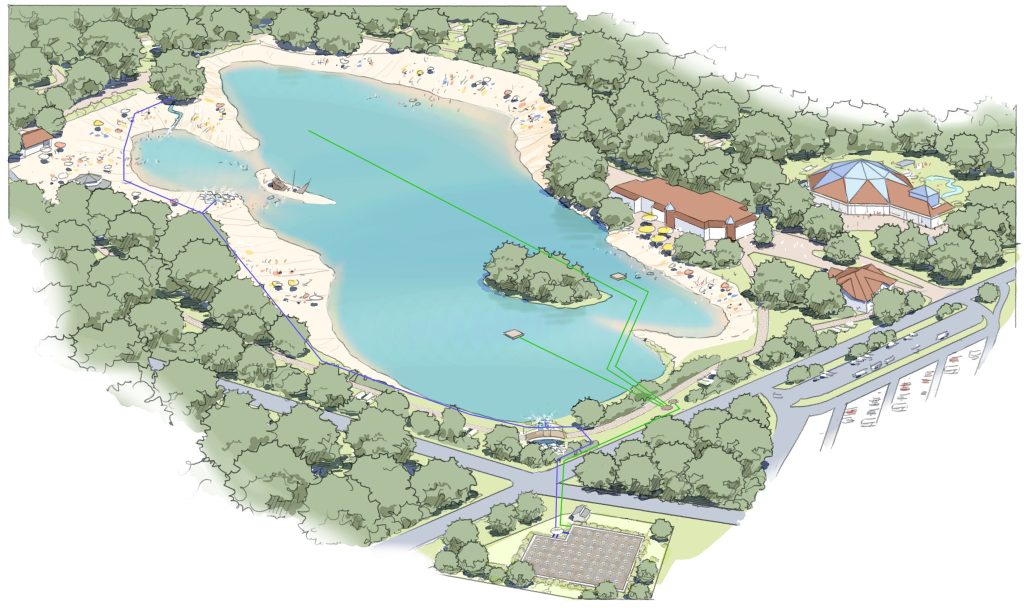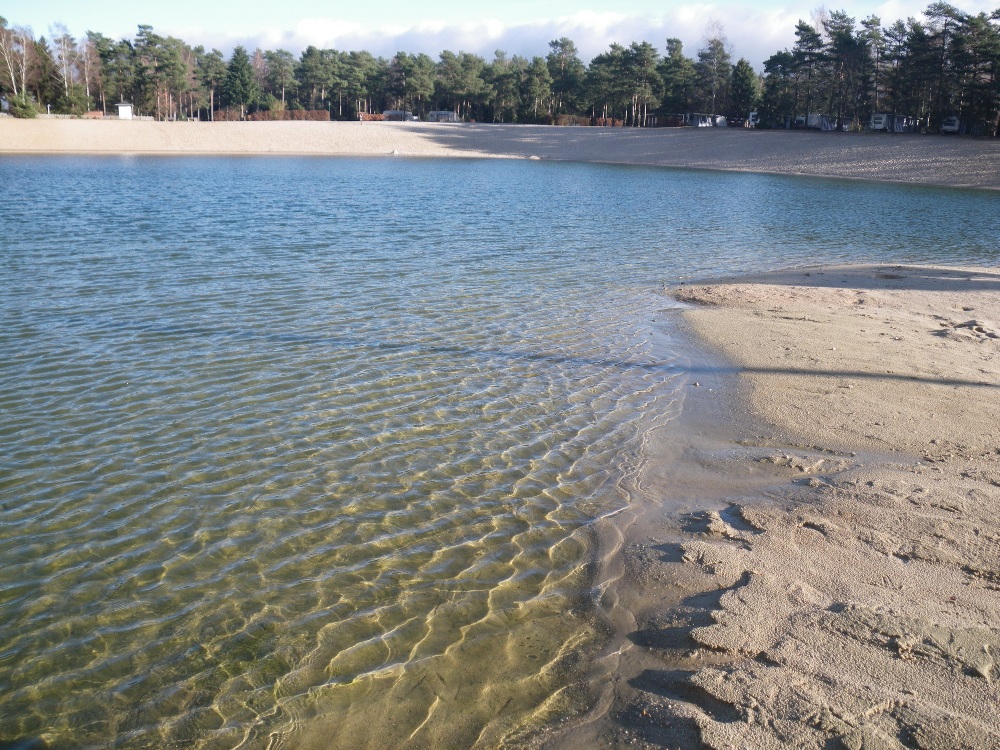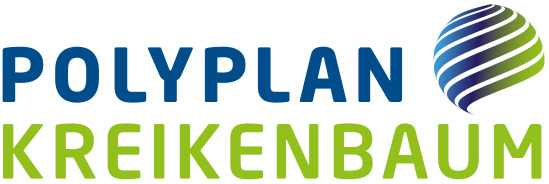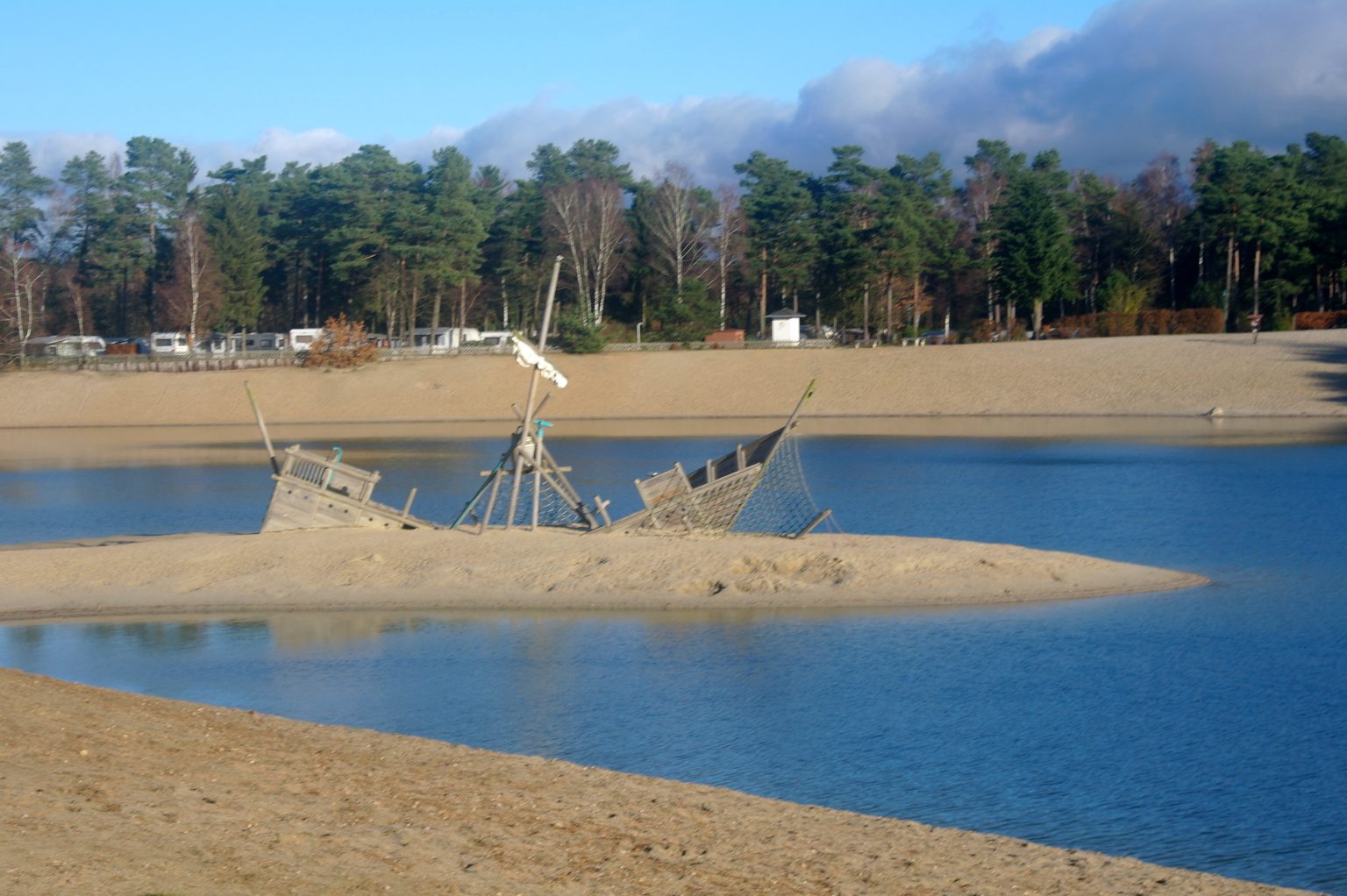The Südsee Camp swimming lake experienced heavy blue-green algae blooms from 2008 to 2010, especially in late summer, which impaired the swimming. In order to achieve a permanent improvement of the water quality and to guarantee that the bathing lake can be used by the guests of the Südseecamp, a two-stage soil filter was installed for the external water purification of the lake water.
The number of visitors to the bathing lake was assumed to be 70,000 guests per year. Assuming that one visitor contributes 0.074 g Ptot/m³ to the lake, 5,180 g Ptot/m³*year are contributed by bathers alone. Total Phosphorus promotes algae growth and is therefore undesirable. This nutrient is bound by the Neptune filter and is therefore no longer available in the water. The power of the system is controlled according to the demand. As it gets warmer, more number of bathers use the lake and the rate of water circulation is increased which is routed through the filter. The maximum capacity of the filter system is 140 m³/h.
The near-surface water is drawn off via two skimmer islands floating in the lake and conveyed to the cleaning shaft S2 by means of two FU-controlled pumps installed in the dry shaft S1. In S2 there is a two-chamber system, divided by a perforated plate, leaves are thus stopped here and not transported further. From S2 a submersible pump transports the leaf-free water with a volume flow of max. 140 m³/h to the Neptune filter, where the water is evenly distributed via sprinkler nozzles. In the soil filter, filtration and subsequent decomposition of biomass takes place, as well as storage of the final mineral product. 99,5 %
The biomasses are transferred to the gas phase as a degradation product and leave the reactor in the form of CO2 and N2 in the atmosphere. The treated water is collected after the first filter stage in shaft S3 (clean water shaft).
From here, a partial flow enriched with a precipitant is directed to the second filter stage. After precipitation and filtration, the water is conditioned as a result of the free calcium ions of the filter grain and then reintroduced into the S3 well. Finally, the clean water is returned to the bathing lake.
The result of the restoration
The facility has been in operation since 2011 and since then Ptot-P concentrations have been maintained between 3 and 30 µg/l. In a few measurements, load-related peaks due to bathing operations of 40 µg/l occurred. As a result of this limitation, blue-green algae blooms could be safely prevented. The acid binding capacity of the soft water lake was increased from 0.9 to 2 mmol/l, which significantly stabilized the pH.
Characteristics
Lake surface: 3.2 ha
Volume of the lake: 100,000 m³
Stage I:
Neptune filter: 400 m²
Stage II:
Flocculation filter: 150 m²
